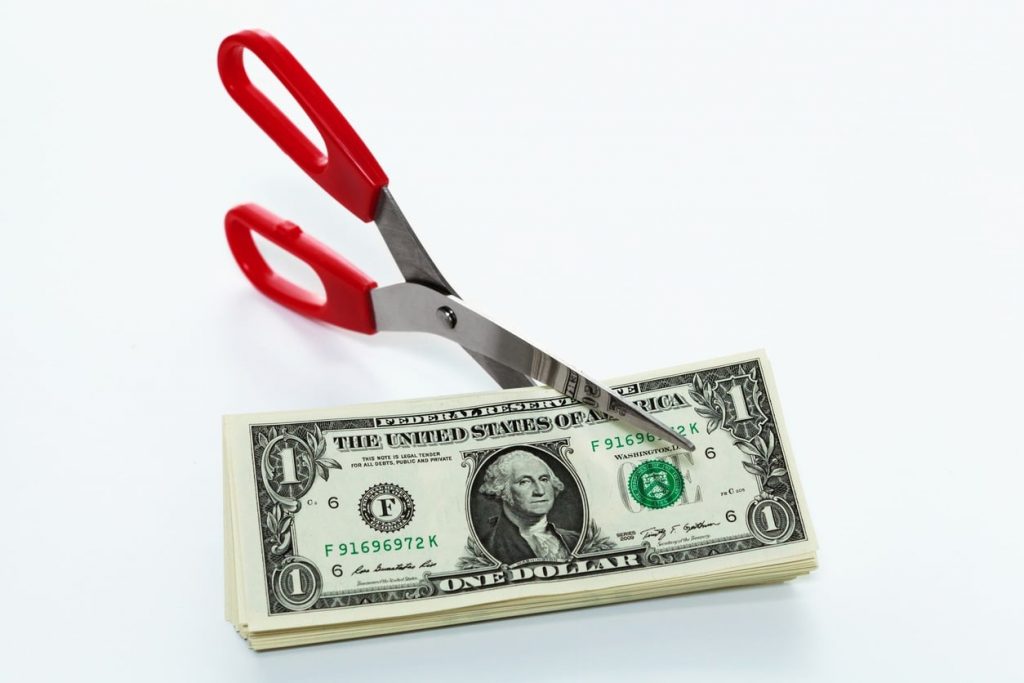“The median salary for women working full-time is about 80 percent of men’s,” the Washington Post recently reported in a fascinating, in-depth analysis of the gender wage gap. “That gap, put in other terms, means women are working for free 10 weeks a year. So if you’re a woman, you started working for free” on October 26, the Post observed.
There are, of course, variations on the wage gap across jobs and industries and not all women receive only 80% of a man’s pay. But the Washington Post’s analysis serves as a powerful reminder of the persistent and powerful impact of the wage gap.
What is the gender wage gap?
The gender wage gap is generally referred to as the difference between men’s and women’s average earnings and is expressed as a percentage of the men’s earnings (for example, women earn 80% of the salary made by men).
There are different ways to measure the pay gap, including unadjusted (essentially the gross difference in wages across all jobs and industries), and adjusted, which takes into account differences in, among other things:
- hours worked,
- occupations chosen,
- education, and
- job experience
Factors that may impact the gender wage gap
A common explanation given for the continuing gender wage gap, as discussed in The Atlantic, is that men and women “tend to choose different careers, so much so that researchers have a term for it: ‘gender occupational segregation.’” The argument goes that, “because of this occupational sorting, the most commonly mentioned figure of the gender-gap debate—that an American woman only earns 79 cents for every dollar a typical American man makes—is indeed too simple.”
But, as pointed out in The Atlantic, researchers have analyzed the wage gap and controlled for many of the key variables that could be impacting the gap, including geography, experience, job titles, and the over-representation of men in highly compensated jobs.
And, The Atlantic notes, “the striking thing is that even after adjusting for so many factors, there’s still a statistically significant pay gap.” Indeed, “[t]he fact that a gap remains at all after such adjustments shows that the problem defies any simple explanation.”
 For women of color, the wage gap is more like a wage canyon
For women of color, the wage gap is more like a wage canyon
As with glass ceiling/promotion discrimination issues, in which women of color are hit even harder (hence the term “concrete ceiling“), the wage gap for women of color is noticeably worse. According to the Washington Post, “women of color get hit twice: they suffer the effects of the gender wage gap plus those of the race wage gap.” Indeed,
While wages for White and Asian women have improved since 2007, salaries for Hispanic women have flatlined, and even declined for African American women.
Key takeaways
If you believe you are being paid less than a man in your job, this may be a violation of the Equal Pay Act, Title VII of the 1964 Civil Right Act, or related statutes.
To prove your case, though, you will need to do more than point to the general wage gap that exists between men and women in this country, or even within your industry or company. Instead, you will need to point to evidence showing that, as compared to a man in your company making more money, you have:
- the same/similar level of skill and experience doing this type of job;
- to give a generally equal amount of effort (mental or physical) to do the job;
- similar job duties and responsibilities;
- your job performance is generally as good;
The type of evidence you’ll need will of course vary and depend on the particular law(s) under which you are suing the company.
 Hiring an experienced employment discrimination lawyer
Hiring an experienced employment discrimination lawyer
Hiring a proven and effective advocate is critical to obtaining the maximum recovery in an employment discrimination case. Eric Bachman, Chair of the Firm’s Discrimination Practice, has substantial experience litigating precedent-setting individual and class action discrimination cases. His wins include a $100 million settlement in a disparate impact Title VII class action and a $16 million class action settlement against a major grocery chain. Having served as Special Litigation Counsel in the Civil Rights Division of the Department of Justice and as lead or co-counsel in numerous jury trials, Bachman is trial-tested and ready to fight for you to obtain the relief that you deserve.
Bachman writes frequently on topics related to promotion discrimination, harassment, and other employment discrimination issues at the Glass Ceiling Discrimination Blog.
U.S. News and Best Lawyers® have named Zuckerman Law a Tier 1 firm in Litigation – Labor and Employment in the Washington DC metropolitan area. Contact us today to find out how we can help you. To schedule a preliminary consultation, click here or call us at (202) 769-1681 or (202) 262-8959.
